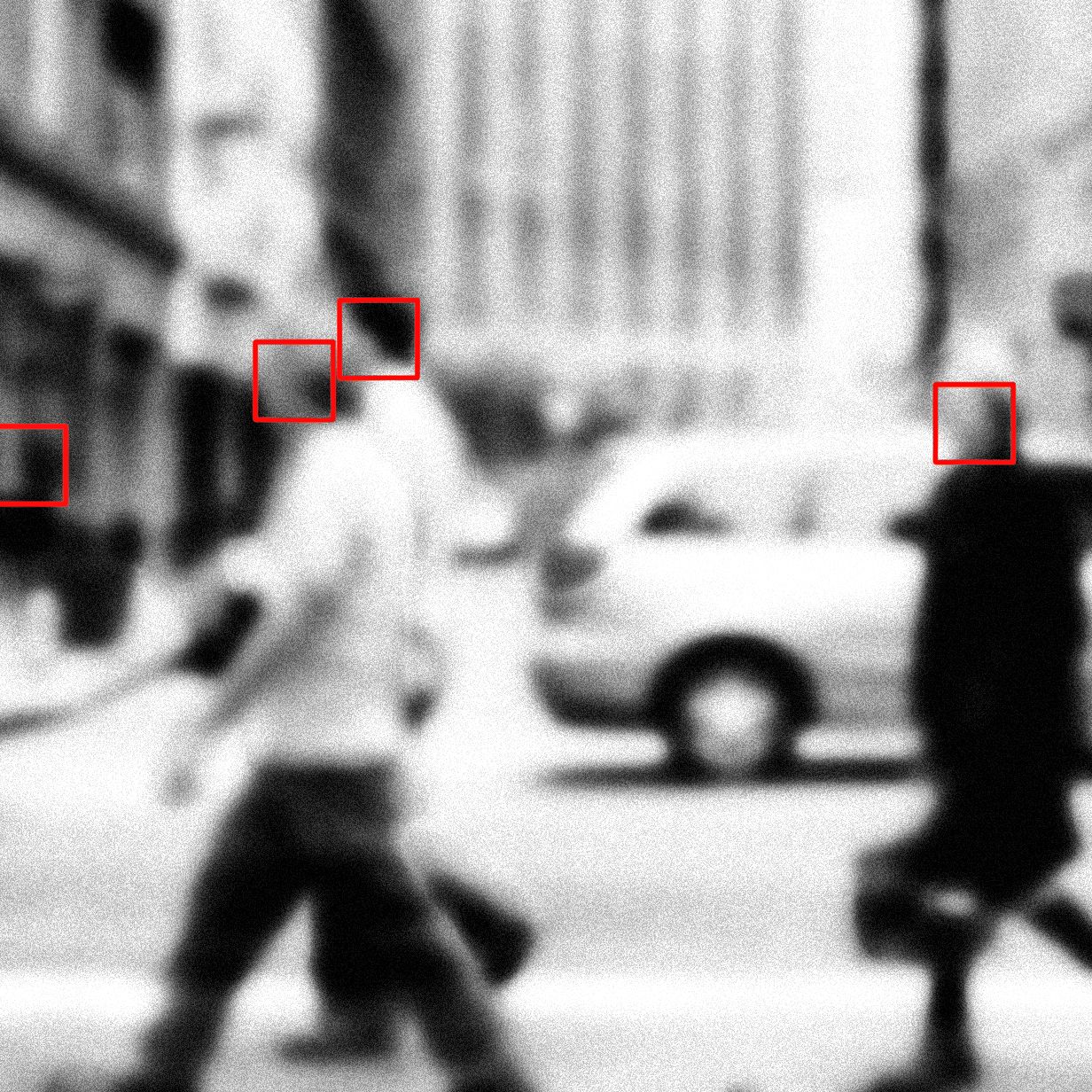ICE Rolls Facial Recognition Tools Out to Officers’ Phones
ICE Rolls Facial Recognition Tools Out to Officers’ Phones
Immigration and Customs Enforcement (ICE) has announced that they will be providing officers with access to…

ICE Rolls Facial Recognition Tools Out to Officers’ Phones
Immigration and Customs Enforcement (ICE) has announced that they will be providing officers with access to facial recognition tools on their phones. This move has raised concerns among privacy advocates and civil rights groups.
The facial recognition technology will allow ICE officers to quickly identify individuals during operations and investigations. However, critics argue that this technology can lead to potential abuses of power and violations of privacy rights.
ICE has stated that the use of facial recognition tools will help them to more efficiently and effectively enforce immigration laws and protect national security. They have also emphasized that officers will receive training on how to use the technology responsibly.
There are worries that the use of facial recognition tools by ICE could disproportionately impact marginalized communities and lead to wrongful detentions or deportations.
Privacy advocates are calling for increased oversight and transparency in the use of facial recognition technology by law enforcement agencies. They argue that without proper safeguards, the technology can be easily abused.
It remains to be seen how the rollout of facial recognition tools to ICE officers’ phones will impact their operations and interactions with the public.
As technology continues to advance, it is crucial for policymakers and law enforcement agencies to balance the need for effective tools with the protection of individuals’ rights and liberties.
Facial recognition technology has sparked a broader debate about surveillance and privacy in society, with many questioning the implications of widespread use of such tools.
Ultimately, the use of facial recognition by ICE officers raises important questions about accountability, transparency, and the balance between security and civil liberties.
It is a topic that will continue to be debated and scrutinized as technology and law enforcement practices evolve.






